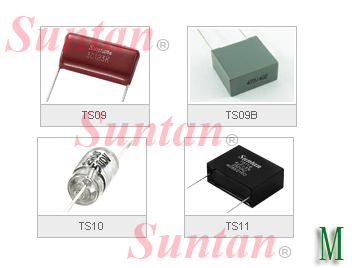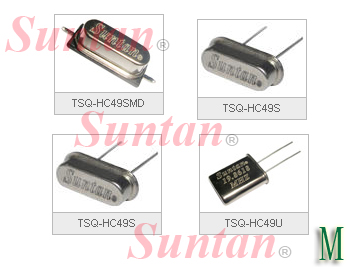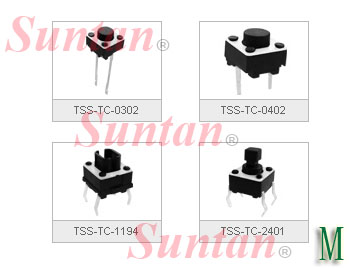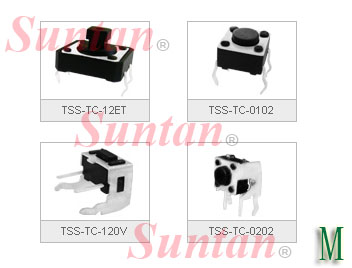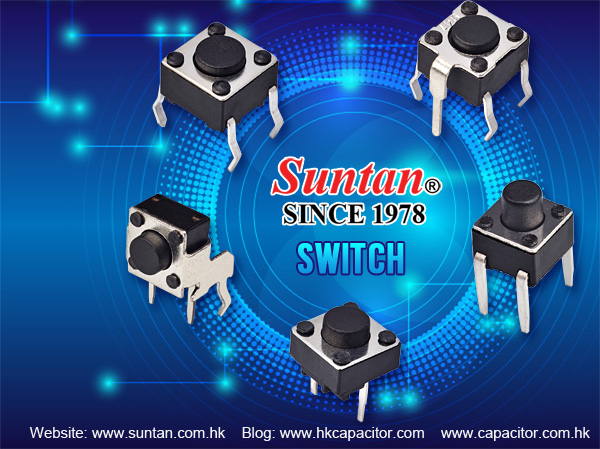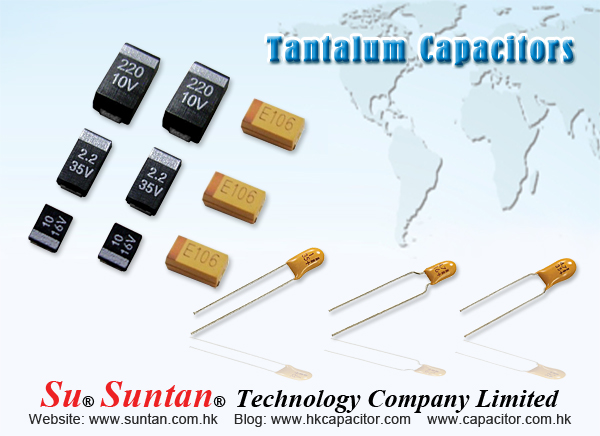Suntan Plastic Film Capacitors 2
Suntan Technology Company Limited
----All Kinds of Capacitors
Suntan is a Hong Kong based manufacturer of Plastic Film Capacitors, including Green Polyester Film Capacitor, Metallized Polyester Film Capacitor, Mini BOX metallized Film Capacitor, X2 Capacitor, Metallized Polyester Film Capacitor and Polystyrene Film Capacitor etc. Please refer to below product list of Plastic Film Capacitors.
Metallized Polyester Film Capacitor - Stacked & Uncoated - TS05N
METALLIZED POLYESTER FILM CAPACITOR
UNCOATED, STACKEDCONSTRUCTION, SMALLSIZE
Metallized Polyester Film Capacitor - Stacked & Uncoated Features
1. Uncoated, stacked construction
2. Small size
3. Applied to DC impulse and pulse circuits
Metallized Polyester Film Capacitor - Stacked - TS05S
METALLIZED POLYESTER FILM CAPACITOR – STACKED
NON – INDUCTIVE, PLASTIC CASE AND EPOXY RESIN
Metallized Polyester Film Capacitor - Stacked Features
1. High dv / dt ability and small. size due to stacked. construction.
Metallized Polypropylene Film Capacitor - X2 - TS08
METALLIZED POLYPROPYLENE FILM CAPACITOR – X2
NON – INDUCTIVE, (UL940V-0) PLASTIC CASE SEALED WITH EPOXY RESIN
Metallized Polypropylene Film Capacitor - X2 Features
1. Provides interference suppression with UL, VDE, CSA, SEMKO, DEMKO, NEMKO, SEV, FIMKO safety approvals.
Metallized Polypropylene Film Capacitor - X2 - TS08S
METALLIZED POLYPROPYLENE FILM CAPACITOR – X2
NON – INDUCTIVE, (UL940V-0) PLASTIC CASE SEALED WITH EPOXY RESIN
Metallized Polypropylene Film Capacitor - X2 Features
1. Provides interference suppression with CE & TUV and UL safety approvals.
2. High dv/ dt capabilities.

